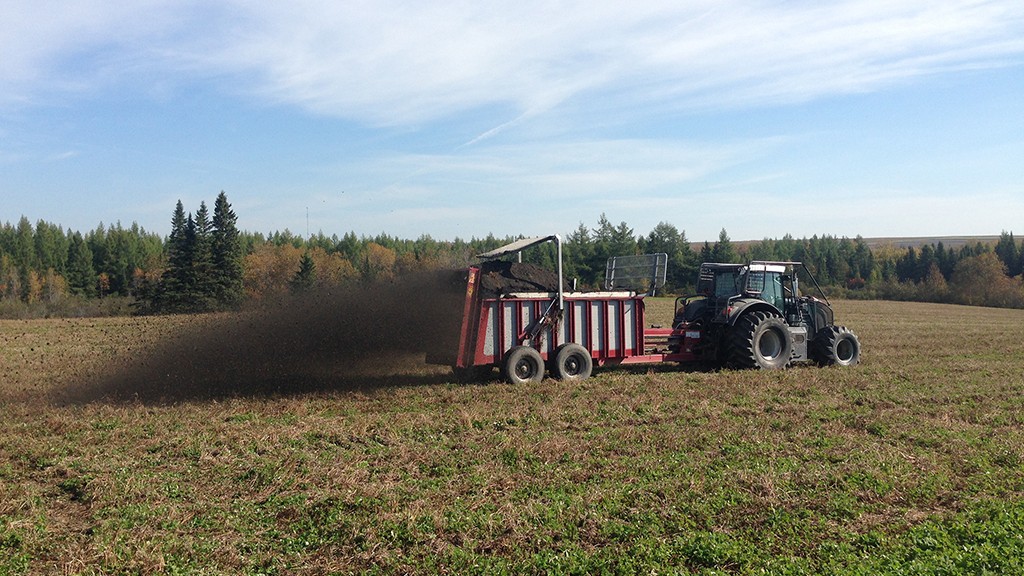
The take-away message from the Global Symposium on Soil Biodiversity, held this past April and hosted by the Food and Agriculture Organization of the United Nations (FAO), was very clear: "Act now to fight soil biodiversity loss or bear the consequences of ever-greater losses in the fertility of soil, of threat to global food supplies and food safety."
The rich diversity and interaction of the varied species of microbes, animals and insects that live in our soil contributes significantly to the functioning of all ecosystems. Primary agents of nutrient cycling, our soil species also help sequester carbon and modify soil's physical structure and water regimes, increasing the amount and efficiency of nutrient delivery to plants, while also enhancing plant health and, in turn, human health.
Declines in soil's integrity are well-known. Thirty-three percent of our earth's soils are already degraded, with estimates that if the current rate of degradation continues, we could run out of topsoil in only about 60 years.
Dr. Rattan Lal, winner of the World Food Prize 2020 and Goodwill Ambassador of the Inter-American Institute for Cooperation on Agriculture, a partner of the Compost Council of Canada, helped close the 2021 Global Symposium on Soil Biodiversity by stating: "This is the time for . . . the realization that the health of soil, plants, animals, people and the environment is one and indivisible."
Much like growing worries about how to manage climate change, there is an almost paralyzing uncertainty as to what can be done to help put the brakes on soil's growing poverty. As individuals, so much is out of our control and yet, as the leaders of the waste management industry, we know that an undisputable beacon of hope exists within the component of the waste stream that still remains largely underappreciated - organic residuals.
Compost's organic matter is essential for soil's biodiversity - providing food, shelter and the right living conditions. But it is not just about the microbes and other soil species. Their very ability to function yields great benefits for us - with healthier soils comes better water quality and quantity, improved local food security, better nutrition and human health, as well as the sequestering of carbon which helps cool our climate.
Current diversion rates and insufficient infrastructure to manufacture the compost needed for our soils show that we are not doing enough. Canada's "aspirational" goal to reduce waste by 50 percent by 2040, almost 20 years from now and 50 years from reduction goals that were set in the early 1990s, is shameful.
We need to do better. Currently only one-third of our organic residuals are being recycled. The remainder is being landfilled and is responsible for methane emissions from "nuisance grounds," which account for 20 percent of Canada's national methane emissions.
A recent Canadian Food Inspection Agency presentation acknowledged that 77 percent of Canada's nitrous oxide emissions - the greenhouse gas which damages the ozone layer and is about 300 times more potent than carbon dioxide - are created through the use of inorganic, nitrogen-based fertilizers. Compost is simply a better way. It can optimize nutrient input into soil, providing better soil structure to help with their absorption by crops and within the soil, rather than promoting their escape into the air as nitrous oxide, run-off into surface water, or leachate into groundwater.
We stand at a precipice. We either continue at a laissez-faire pace, using all the well-known excuses, or we say "not on our watch" and put our full force of efforts into recycling organics and composting. By using compost to help with the fight for healthy soil biodiversity, we can win this battle.
Susan Antler is the executive director of the Compost Council of Canada.



